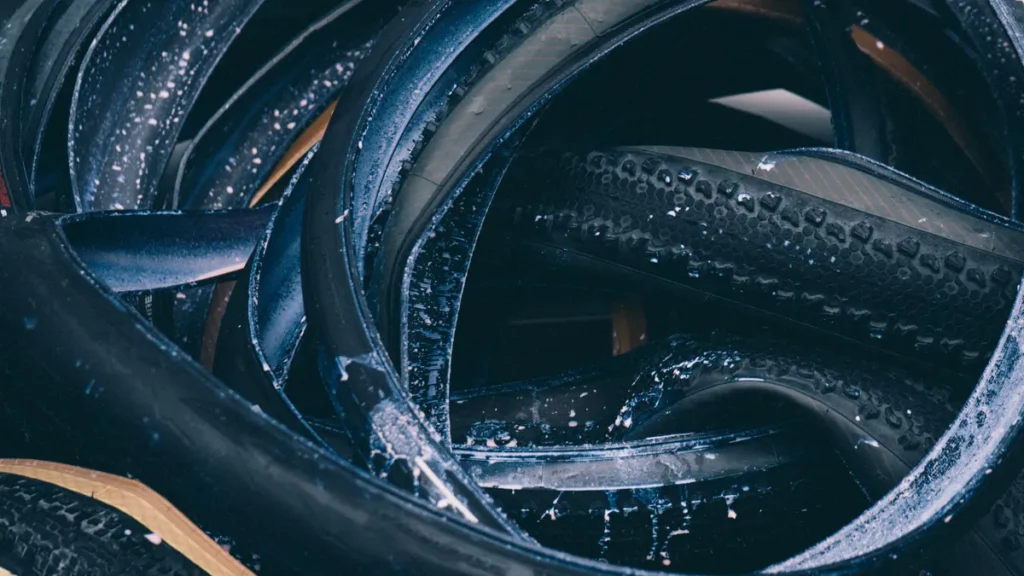
The world of cycling is constantly evolving, with new technologies and innovations emerging every year. One of the most significant developments in recent times has been the rise of tubeless tires. However, despite their growing popularity, one cyclist remains unconvinced, preferring to stick with traditional inner tubes on all their road bikes.
The Benefits of Tubeless Tires
Proponents of tubeless tires argue that they offer several advantages over traditional inner tubes. These benefits include:
- Improved puncture resistance: Tubeless tires are less prone to punctures, as the liquid sealant inside the tire can repair small holes and cuts.
- Reduced weight: Tubeless tires are often lighter than their traditional counterparts, which can result in improved acceleration and climbing performance.
- Increased traction: The absence of an inner tube allows the tire to conform more closely to the road surface, providing improved grip and handling.
The Drawbacks of Tubeless Tires
Despite these benefits, our cyclist remains skeptical about the merits of tubeless tires. Some of the drawbacks that have led them to stick with inner tubes include:
- Complexity: Tubeless tires require a more complex setup process, involving the installation of a special rim strip, valve stem, and sealant. This can be intimidating for those who are new to the technology.
- Messy maintenance: The liquid sealant used in tubeless tires can be messy and difficult to clean up. This can be a major turn-off for those who value a tidy and organized workshop.
- Higher cost: Tubeless tires are often more expensive than traditional tires, which can be a significant barrier for those on a budget.
The Reliability of Inner Tubes
Our cyclist’s decision to stick with inner tubes is largely driven by their reliability and simplicity. Inner tubes are a proven technology that has been used in cycling for decades. They are easy to install, maintain, and repair, making them a convenient option for those who value hassle-free cycling.
The Performance of Inner Tubes
While tubeless tires may offer some advantages in terms of puncture resistance and weight, our cyclist argues that inner tubes can still provide excellent performance. Modern inner tubes are designed to be lightweight and durable, with many options available that are specifically optimized for road cycling.
Conclusion
The debate between tubeless tires and inner tubes is likely to continue for some time. While tubeless tires offer some advantages, our cyclist’s decision to stick with inner tubes is driven by their reliability, simplicity, and performance. Ultimately, the choice between tubeless tires and inner tubes comes down to personal preference and individual needs.
What’s Next?
As the cycling industry continues to evolve, it will be interesting to see how the tubeless debate plays out. Will tubeless tires become the norm, or will inner tubes continue to hold their own? One thing is certain – our cyclist will be sticking with inner tubes for the foreseeable future.
Statistics and Results
- Number of punctures per year: 5-10
- Average cost of inner tubes per year: $50-100
- Average cost of tubeless tires per year: $200-500
- Weight savings of tubeless tires: 100-200 grams
Leave a Reply